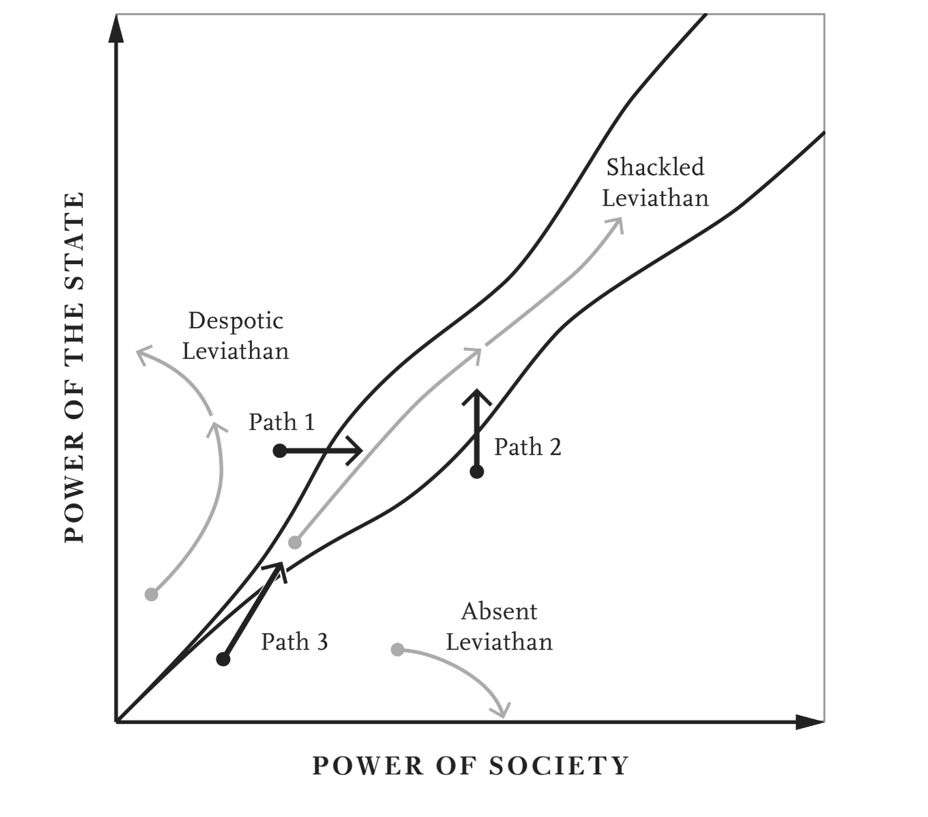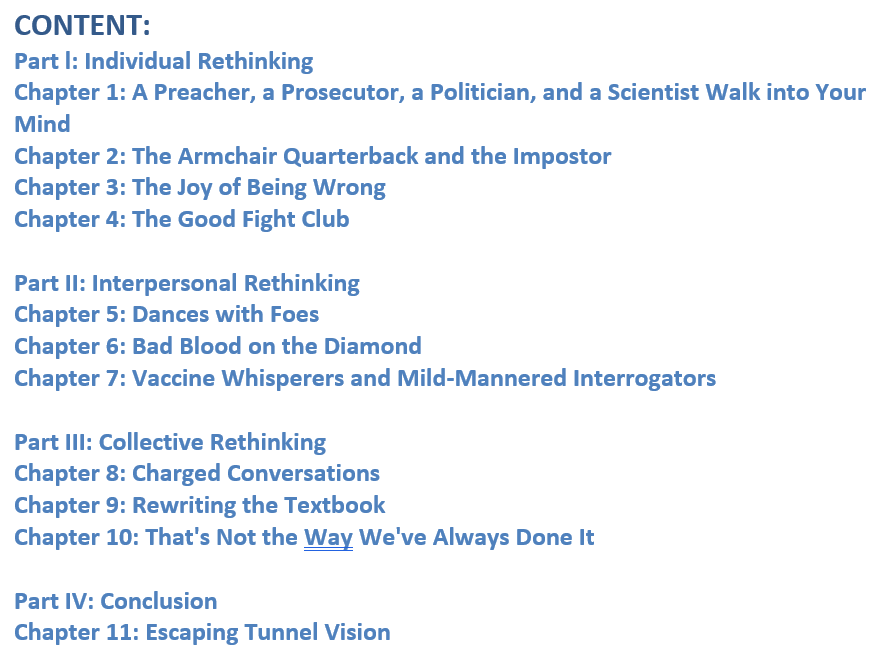20220730 – Evolution of Beauty

MAIN IDEA:
This book’s main objective is to change the approach to the Darwinian idea of natural selection by separating from it sexual selection, which the author considers a fundamentally independent driver of evolution. The book’s first half analyzes sexual selection based on birds’ research, while the second part is dedicated to humans. Overall, the book moves into a mixed scientific and political discussion about the existing scientific paradigm in biology, homosexuality, and feminism.
CONTENT:

MY TAKE ON IT:
The scientific/experimental part of the book is really interesting, providing quite a few little-known and non-trivial information. However, the scientific/ideological part of separate sexual selection by the beauty of the animal in the eyes of the female beholder seems logically weak. Despite the author’s specific rejection of the idea of sexual selection being a part of natural selection, I think that it is the only reasonable approach. From an evolutionary point of view, there is no difference between an animal’s failure to pass genes to the next generation because of being eaten by predators or because of being rejected by members of the opposite sex. I see nothing special about sexual selection working opposite to environmental factors. If one divides the environment into many different factors, quite a few would undoubtedly work against each other. It relates not only to biology but also to any conceivable, more or less complex system. A simple example would be any computer in which the memory size and speed of downloading / uploading data work against each other. Another example would be an eternal struggle between armor and maneuverability of tanks. Of course, biology is a lot more complex, and sexual selection could work in or out of sync with other selection pressures, but it is not different from other factors.
20220723 – Culture Hack

MAIN IDEA:
This book reviews many differences and a few similarities between three cultures: Japanese, Chinese, and American. Here is a table presenting the key points of difference:

The book attempts to clarify to all sides, but mainly to Americans, these differences and help to adjust behavior in such a way as to achieve, if not harmony, then at least non-confrontation.


MY TAKE ON IT:
The presentation of the cultures in this book is quite interesting. Still, I think that it is pretty outdated because we all live in an informationally saturated environment when individuals of all cultures are surrounded by generic contemporary culture that expresses itself in all conceivable forms. It includes similar living conditions, clothes, modes of transportation, food, and even language. I can provide an excellent example from my own life. 30+ years ago, I emigrated from USSR to the USA and nearly completely cut connections with Russian culture and language. Because of the war, I have recently started watching the news in Russian. I was amazed how many words converted from English are now used in everyday Russian. So, my point is that the world is rapidly becoming increasingly homogeneous, while individuals’ environments are becoming more heterogeneous. One excellent indicator is the cuisine. It used to be that one eats burgers in America and sushi in Japan, but now one can eat both types of food in both places. The same applies to everything, even business meetings. Practically any business meeting that I participated in for the last 30 years included people from different countries, regardless of whether this meeting occurred in Annapolis, Las Vegas, Paris, or London. In short, we are in the process of forming a universal human entity. I hope it would be a democratic and federalist entity derived mainly from Western patterns, not a totalitarian and highly centralized entity derived from Chinese or Russian patterns.
20220716 – Dangerous Ideas

MAIN IDEA:
This book reviews the history of censorship all over the world in some detail. It is a sad but at least somewhat hopeful story because penalties for promoters of “dangerous ideas” became a lot milder than they used to be. For example, to lose a tenure track or managerial position in a woke company looks a lot less unpleasant than to be quartered or burned alive. Nevertheless, some essential things never change. The people out of power always support freedom of expression, while people in power always find such freedom cumbersome and causing troubles that should be suppressed by all means necessary. Whether these are English puritans, Russian Bolsheviks, or contemporary American Wokes, it is always the same. This book is pretty good for the first six chapters as the history. The 7th chapter about the current situation is hard to read due to the author’s severe case of Trump derangement syndrome. Sometimes it comes to the level of the caricature when, for example, the author simultaneously supports the court’s not allowing Trump to block some commenters on his Twitter account and the permanent blocking of Trump’s account by Twitter management.

MY TAKE ON IT:
I think that unlimited freedom of speech is an absolute necessity if people want to be free. No insult to individuals or groups, no amount of emotional distress, and no number of fake news could justify free speech limitation because it is impossible to find a fair judge who would separate truth from lies and facts from fakes. However, unlimited freedom often leads to its use by enemies of freedom to manipulate people into giving them power, which they use to deny freedoms to others. Nevertheless, I think that it is not an unsolvable problem. What could be done is to determine what is acceptable and what is not clearly and formally. For example, to insult somebody should be acceptable, but calling to cause physical harm should not. The way to separate fake news from real should not be giving some political activists power to become self-appointed fact-checkers. It would be much better to use well-established processes of the legal system and courts to define if some piece of information is fake and force the producer of such fake to provide the same amount of resources to clarify this fake. For example, the proper treatment of much fake news about Trump’s connections with Russians would force all media outlets to allocate the same resources to clear people’s minds from this fake. The lesson of being forced to allocate tens of thousand hours of prime time repeating that it was fake would cause CNN and others to be much more responsible in their reporting. It would be nice but probably never happen. What will happen is the infinite continuing attempts to manipulate people one way or another and the rise of AI tools to fight such manipulation.
20220709 – The Narrow Corridor

MAIN IDEA:
This book is based on the Hobbs’s idea about the necessity of Leviathan – the big and powerful state to keep people in line and prevent them from killing each other. However, the book also considers the Leviathan’s tendency to become the biggest oppressor and killer of them all. Consequently, the offered solution is to keep Leviathan shackled, meaning to limit its power by applying various tools such as democratic election, division of power, and so on. The book’s general approach is to define two actors: Leviathan and Society, as competitors for power and use historical analysis to define what is the goldilocks’ distribution of power between these actors that provide the best results. Such results occur when the Leviathan is shackled and kept within a narrow corridor of power distribution. Here is the graphic illustration including various paths into a beneficial corridor:


MY TAKE ON IT:
I think this is a pretty good analysis, and the idea of shackled Leviathan is a pretty good approach. However, I believe that any analysis at the level of abstractions such as the state or the society is inherently deficient because these abstractions do not think, feel, or act. Only human beings do, and therefore any actionable analysis should have individual humans as its object. My approach is to analyze how unique people make or fail to make a living in a specific environment based on their resources and external forces that impact them. In my view, it all comes down to the position of individuals among other individuals and the resources under the control of these individuals. There are only two conceivable positions, albeit they are always mixed: either individuals control a clearly defined set of resources, including their own bodies or other people have such control. Therefore, it is always a combination of private property (formal or informal) and place in a Hierarchy that defines wellbeing or lack thereof for each individual. Consequently, the solution for maximizing wellbeing should be to maximize private property as much as possible and limit Hierarchy as the method of interaction between individuals to levels of absolute necessity.
20220702 – Think Again

MAIN IDEA:
This book’s main reason for existence is to call for better analysis of any problems whatsoever that could be done by continuously rethinking previous conclusions, especially when new data may lead to modification of these conclusions. The book looks at the wide variety of thinking methods, recognizing how many of the most popular ways are non-effective and often even harmful. The book also provides quite a few recommendations for improving this process at individual and group levels. It also provides an excellent graphic representation of various parts of the discussion, starting with this one:


MY TAKE ON IT:
In this book, I found quite a few ideas and approaches that I believe in and use all the time. Even so, it is still advantageous to look again at the well-organized and systematically expressed result of research and experience that provides additional support for these ideas and approaches. In any case, the constant rethinking of one’s beliefs is necessary if a person does not want to get out of sync with reality and fail in whatever this person is trying to achieve. In short, this book describes a nice set of tools that could improve the results of the process presented in the graph below, so the “Me” at the end of the process is better off than at the beginning:

